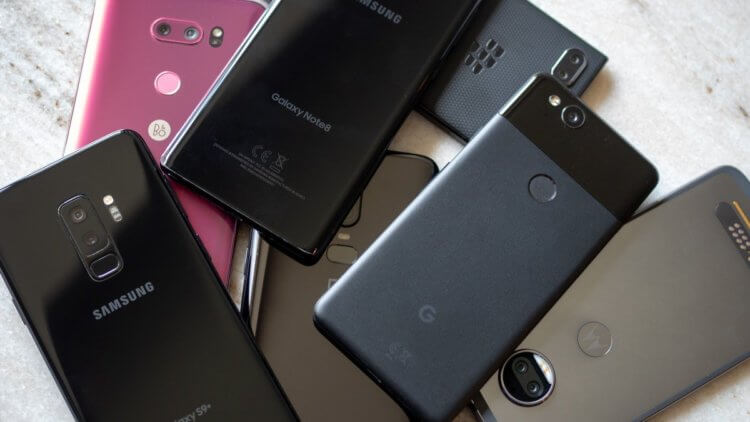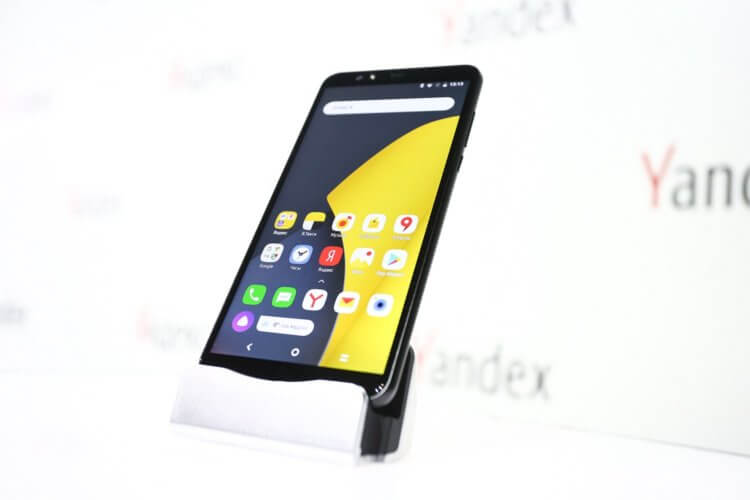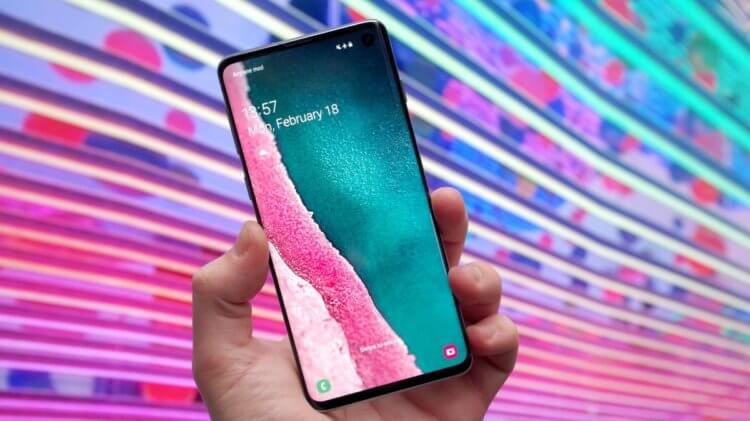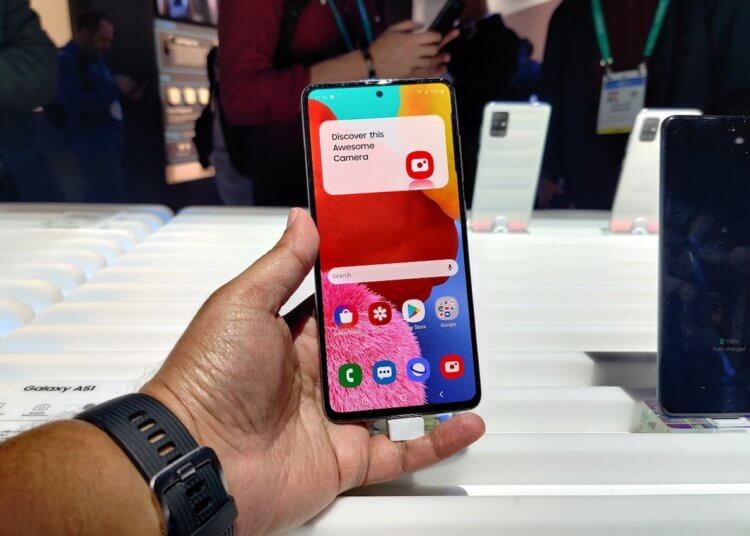I think it's not a secret for anyone that the versions of even the same smartphone intended for different countries may differ slightly from each other. This is a completely standard practice that emphasizes the flexibility of manufacturers, who have to adapt to the specifics of each market individually. Moreover, the reason for making changes can be very different – from personal preferences of users and their financial capabilities to local traditions and current legislative restrictions, which even the most principled brands are forced to obey.

Smartphones for different countries can be very different
How smartphones firmware differ
Let's start with the firmware. Almost all smartphone manufacturers want to make as much money as possible, and in order for them to succeed, they adjust the software of their devices to the local audience. To do this, regional applications and services are being implemented in the OS, which will be in demand, and not idle. Therefore, in Russia, search from 'Yandex' and local video sites like IVI, 'Amediateka' and MeGoGo are offered, while in China there are no Google services, which are replaced by local services like Weibo. This is the only way to track user behavior and study their preferences.

Manufacturers install regional software to please and keep track of users
However, regional firmware may differ not only in content, but also in functionality. Let's say Apple restricts the FaceTime video calling service in the UAE and forcibly activates the camera shutter sound in Japan. This is due to the legal prohibitions that apply in these countries. But there are more notable examples. For example, the American Galaxy S9 firmware has an experimental function for measuring blood pressure, based on data on the strength of blood flow, which was read by the built-in heart rate monitor. No other country in the world had such a function.
Firmware security for Android
But the differences in the functional content of the firmware do not go unnoticed for them. As research of experts of the F-Secure Consulting company shows, often smartphones intended for some countries are protected much worse than for others. This is due to the fact that, as a rule, manufacturers trust the installation of regional content either to their suppliers directly or to distributors. It is clear that in this case no one is additionally engaged in debugging and checking for vulnerabilities, which in turn poses a threat to the security of users.
Why a smartphone can have different characteristics

Smartphones for different countries may have different hardware
The hardware stuffing of smartphones is also a rather optional aspect, which is subject to change depending on the geography of supplies. Manufacturers analyze the market, study consumer preferences and make a conclusion about what characteristics the device must have in order to be sold in a particular region. Therefore, Samsung carries flagships to Russia and Europe only on Exynos processors, and to the USA and Asia on Snapdragon processors. I don’t know how the Koreans came to this conclusion, but I’m absolutely sure that Qualcomm chips are quoted in our country clearly more than Samsung's own production.
And also hardware differences are the result of certain limitations. Perhaps the most striking example of this difference is smartphones Huawei. Due to the fact that the company is prohibited from installing Google services on its smartphones, it began to re-release old smartphones under new names. That is, Huawei simply takes an existing device, changes its appearance and assigns it a new commercial name, leaving the codename of the original device under which it was certified by Google. Such smartphones are released only for the international market, because in China the services of the search giant do not work anyway, and Huawei has no reason to bother so much for the local market where devices with new hardware are traded.
Where is it cheaper to buy smartphones

Galaxy A51 in Russia costs half as much as in the USA
The pricing policy of manufacturers in different countries of the world can also differ quite significantly. As a rule, prices are influenced by the cost of logistics, taxes, import duties and other factors, but this is not always the case. Sometimes manufacturers deliberately resort to dumping and lower prices, selling devices cheaper than they should have. The possibility of such a policy this year was demonstrated to us by Samsung, which brought Galaxy A51 to Russia at half the price of the USA.
If you remember, I made a separate analysis of this situation. At one time I was very surprised that we have a smartphone, which costs about $ 400 in the USA and Europe, and is estimated at 16-20 thousand. This is an unprecedented situation. However, having understood it in more detail, I realized that the Galaxy A51 is a smartphone that Samsung needs not to make money (at least not in Russia), but to capture the market. Due to its low price and an excellent combination of characteristics and appearance, the novelty is a serious competitor to smartphones from Chinese manufacturers.
